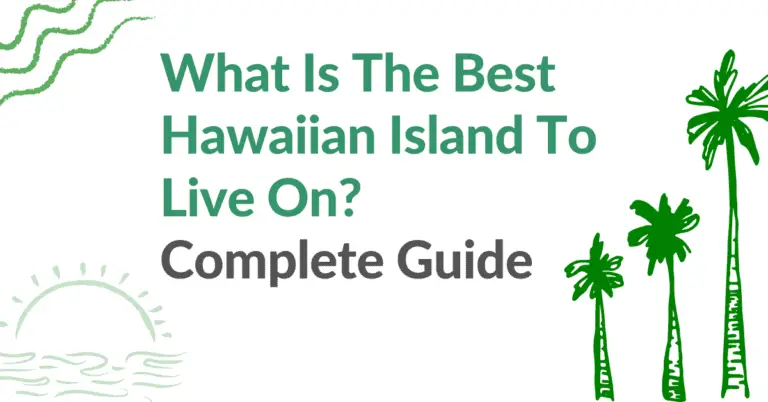From Moloka’i to Hawai’i, there are great reasons to enjoy the beauty of the Hawaiian Islands year-round. If you’re looking for adventure or a new way of life, this archipelago offers a magical lifestyle for those willing to leave the conveniences of the mainland.
Discover all you need to know about each of these islands… including the off-limits islands of Ni’ihau and Koho’olawe. Most importantly, find out which is the best Hawaiian island to live on!
But first, the basics…
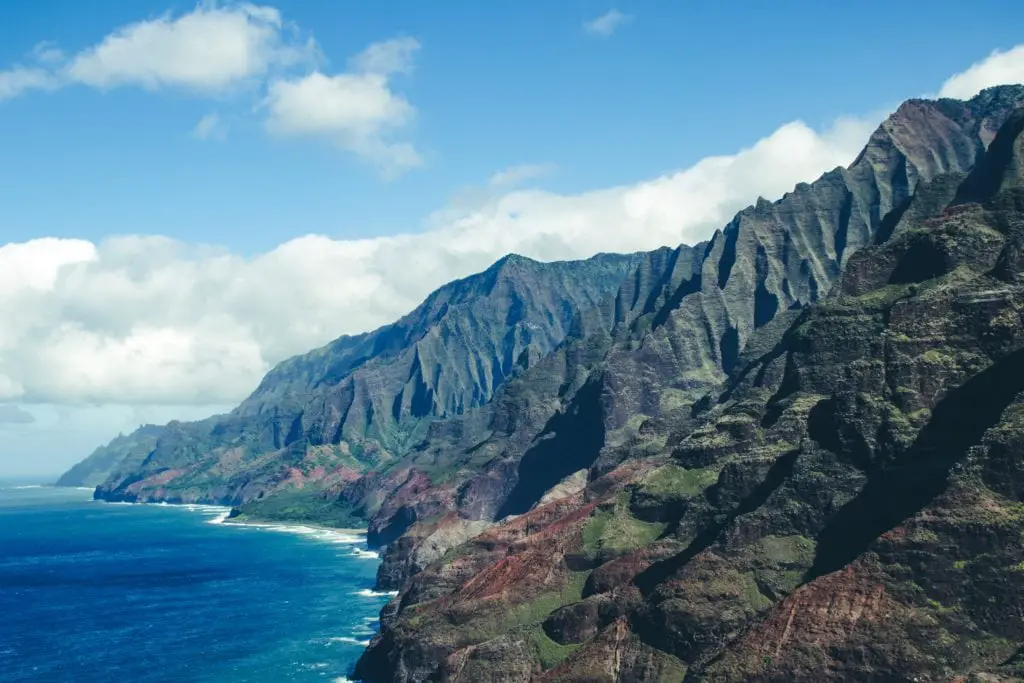
How many Hawaiian islands are there?
In total there are eight main islands in the Hawaiian archipelago. In addition to the main islands, there are various smaller land features scattered among the larger eight islands.
What are the islands in Hawaii?
The eight main islands of Hawaii include Hawai’i, Mau’i, Koho’olawe, Moloka’i, Lana’i, O’ahu, Kua’i, and Ni’ihau. Hawai’i is the largest of the islands and is often known as the Big Island. Meanwhile, Kaho’olawe is the smallest of the eight islands.
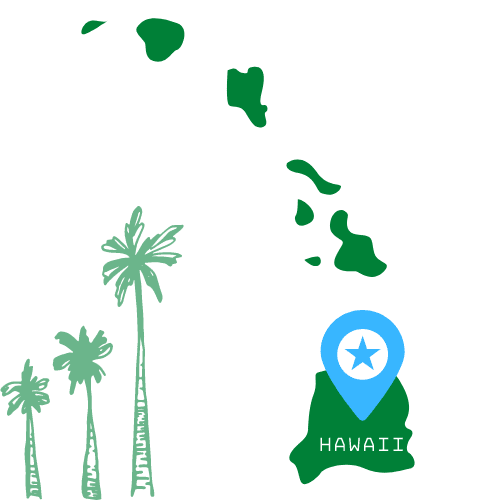
Hawai’i Island (Big Island)
Also known as the Big Island, Hawai’i is the largest of the eight islands at 4,028 square miles. Home to Hawai’i Volcanoes National Park and the historic Kealakekua Bay, the Big Island is packed with authentic Hawaiian culture.
There are two larger cities on the island of Hawai’i, Kona, and Hilo. Kona sits on the coast of the western, or leeward, side of the island. The rest of the western coast is teeming with beautiful white sands beaches and idyllic conditions for snorkeling and scuba diving.
Additionally, Kona is well-known for its high-quality coffee farms, most of which offer tours and tastings.
Hilo sits on the eastern coast, or windward side of the island. In contrast to Kona’s more tourist-friendly activities, Hilo is authentically Hawaiian. The surrounding areas are mostly residential and working farms with resources supplied by solar power, rain catchment water, and other off-grid methods.
The scenery and weather of the windward side of the island are starkly different from that of the leeward side. Hilo is no stranger to sudden and long-lasting rainfall whereas Kona enjoys a drier, sunnier climate.
With two active volcanoes present, Hilo and surrounding areas must deal with a changing landscape due to volcanic activity. While home to black and even green sand beaches, the windward side of the island is also home to black lava beaches.
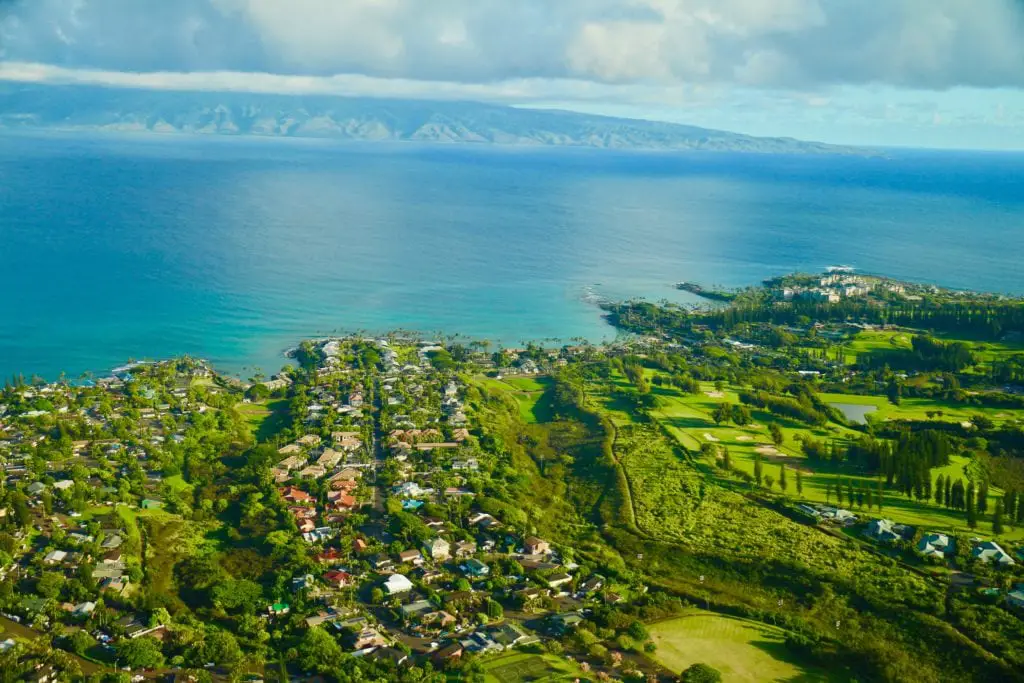
Maui
Voted the “Best Island in the U.S.” by Conde Nast Traveler readers for over 20 years, it’s no wonder this is one of the favorite tourist islands of Hawai’i. Known for its amazing sandy beaches and incredible views, Maui is an excellent island to visit or make your home.
During the winter months, humpback whales migrate along the Maui coast but gorgeous sunrises and sunsets can be viewed year-round. Likewise, the farm-to-table food scene operates beyond tourist season, making this a great place to be a local.
Maui also offers excellent opportunities for hiking and exploring nature. As on the other islands, some of these locations are sacred to the indigenous Hawaiians and are only accessible with permission.
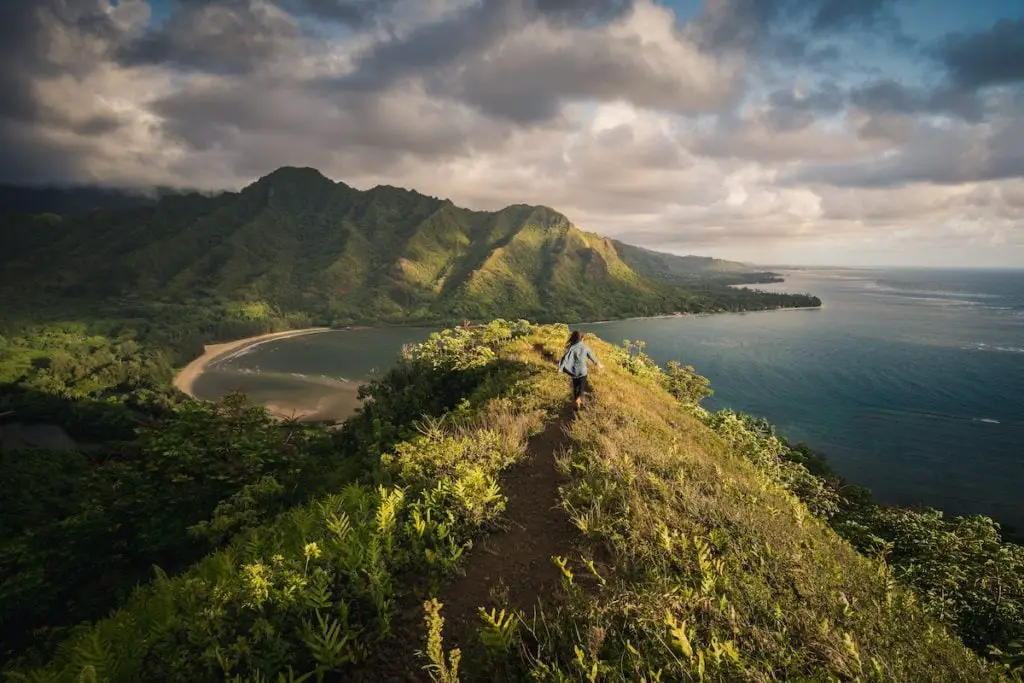
Koho’olawe
The smallest of the main Hawaiian islands and is not accessible to the general public. Deemed uninhabitable due to the lack of fresh water and its meager size (only 44.5 square miles!), Koho’olawe has a storied past despite a population of 0.
Koho’olawe was used as a U.S. military training ground following World War II. After long-term protests, the training ceased in 1990 and the land was transferred back to the State of Hawai’i in 1994.
Since then, Hawai’i has established the Kaho’olawe Island Reserve Commission. This organization is actively working to restore this island and preserve it as a natural landscape.
The only way to visit Koho’olawe is to volunteer with the Kaho’olawe Island Reserve Commission. There is a $100 fee to volunteer which covers transportation, food, and board.
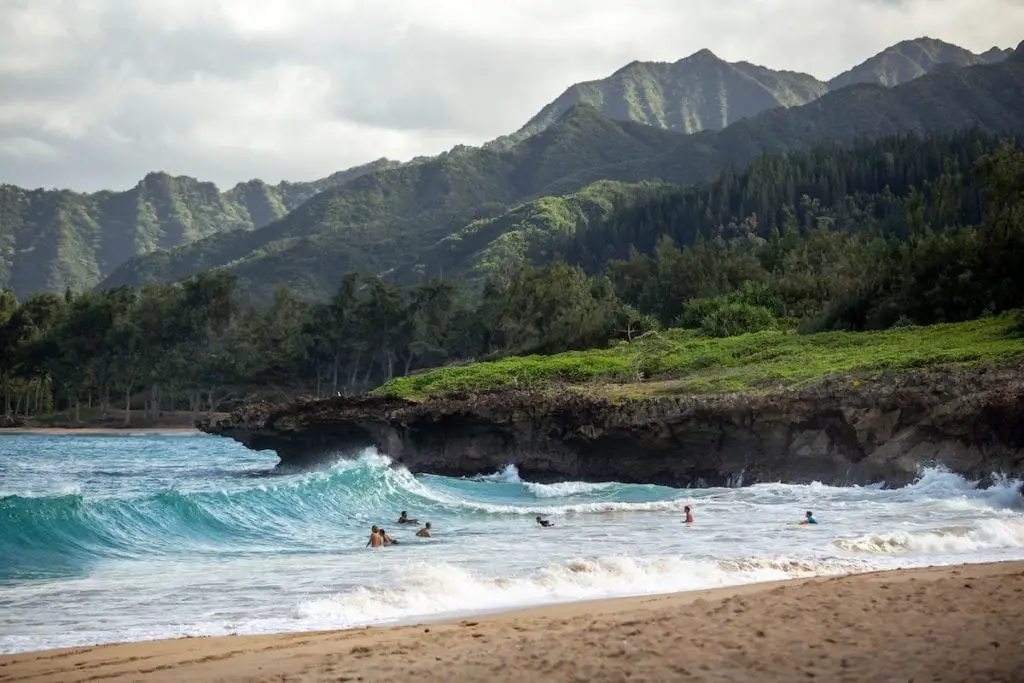
Moloka’i
At 260 square miles, Moloka’i is the fifth-largest island in the Hawaiian archipelago. Known as the “Friendly Isle”, Moloka’i is largely reserved for locals. With few tourist opportunities, Moloka’i is a place to call home.
There is only one major hotel on the island, Hotel Molokai, though many of the rooms and accommodations are privately owned by Moloka’i locals.
This is the island where everyone knows everyone. Moloka’i is a place to slow down and take it easy. Just read the signs: “Aloha, slow down, this is Moloka’i”!
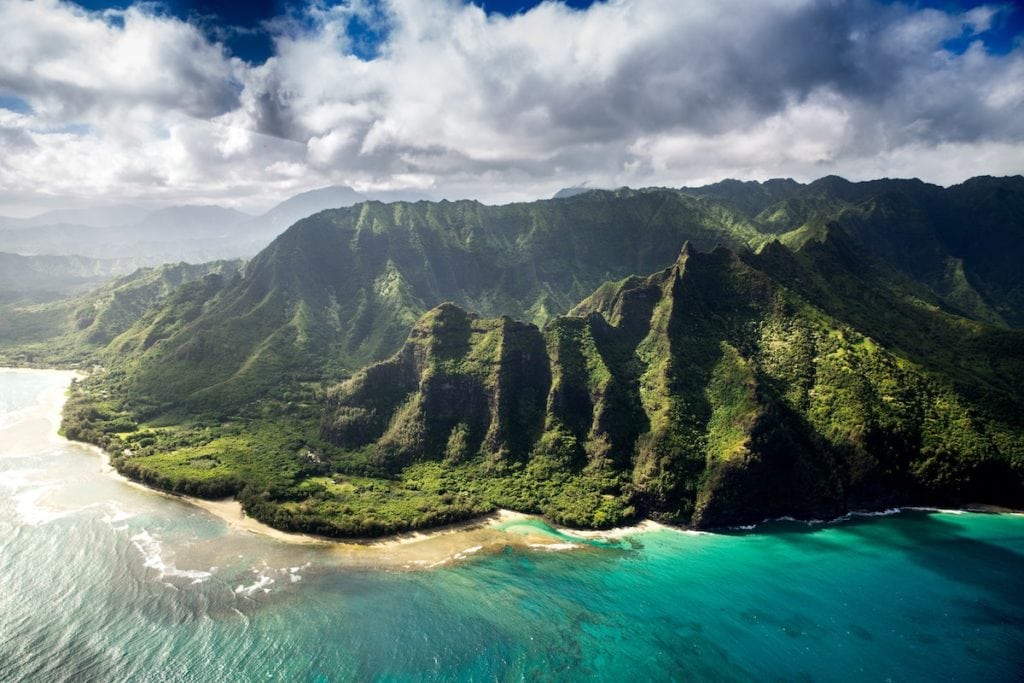
Lana’i
Lana’i is known for its luxury resorts and lavish vacations. However, this isn’t just a popular resort island. Lana’i is the smallest inhabited island that you can visit and boasts a rougher side than the resorts.
On the other side of the island, there are loads of opportunities for adventures off-resort. Whether you’re off-roading in a 4×4 or enjoying idyllic, private beaches, Lana’i has an amazing wild side.
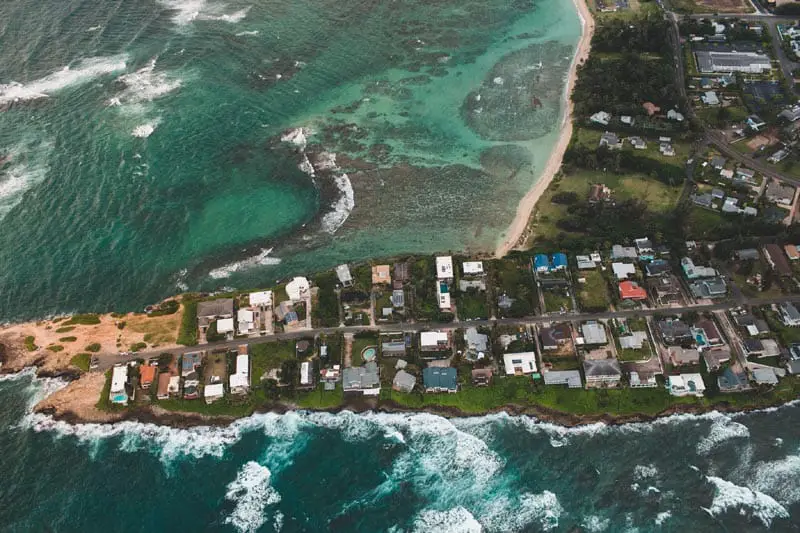
O’ahu
Like Moloka’i, this island has a nickname: O’ahu is also known as the “Gathering Place”. Folks come to this island from all over to create a dynamic community.
The contrast between traditional Native Hawaiian culture, the American influence, and various other Asian and Polynesian communities fosters an amazing and unique culture.
Because of this, O’ahu boasts some of the best, most eclectic fusion foods in the world. Hit the busy streets of Honolulu or stop in an easy-going coastal town and ask the locals for the best food – you won’t be disappointed!
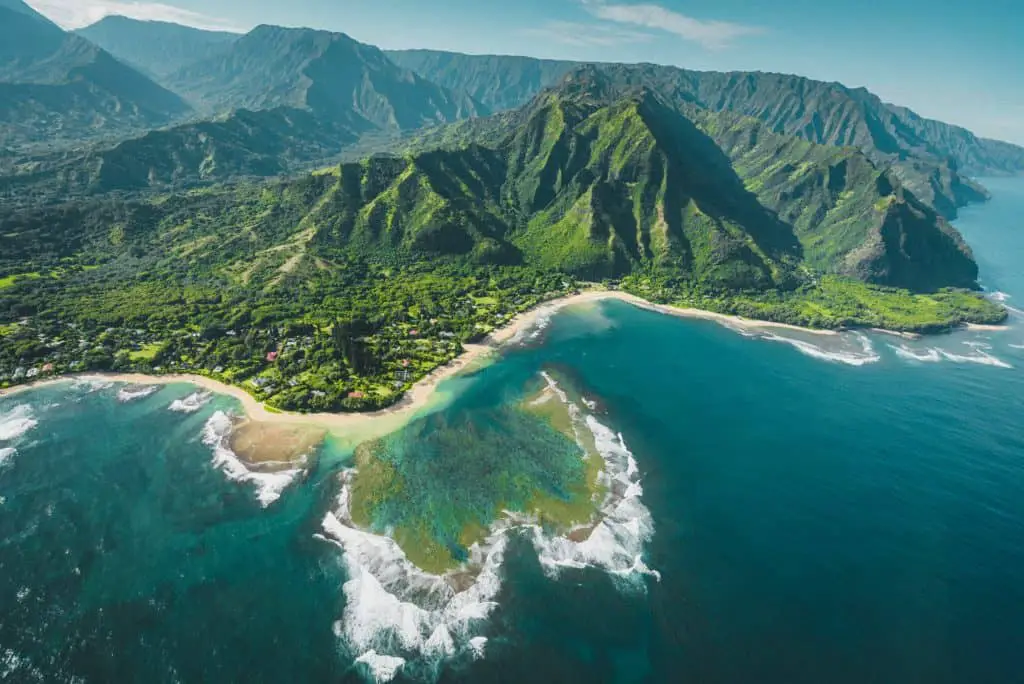
Kaua’i
Sometimes called the “Garden Island”, Kaua’i is the fourth largest of the Hawaiian Islands. This island boasts magnificent views, towering mountains, and bright green valleys. If you’re looking for a magical and memorable visit, or to live in paradise, Kaua’i checks all of the boxes.
Kaua’i is an outdoor adventurer’s idea of heaven. From kayaking to Wailua River to hiking the steep trails of Kokee State Park, there is an activity for everyone. The lush valleys and soaring mountain ridges create dramatic backdrops to all your wildest dreams.
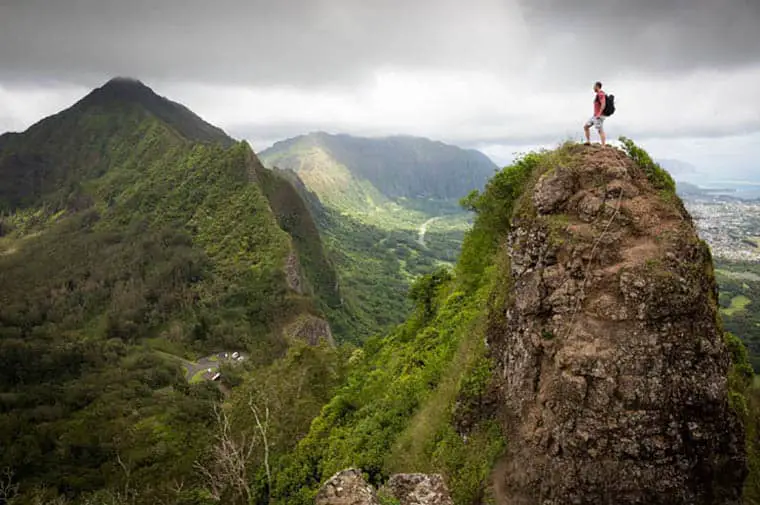
Ni’ihau
Often known as the “Forbidden Island”, Ni’ihau is a privately owned island with a mere 170 residents.
As the smallest inhabited island (2nd smallest overall), Ni’ihau was first used as a refuge from the polio epidemic in the 1950s. Visiting Ni’ihau was extremely restricted and required special permission to protect the residents from the outbreak of polio.
Thus, the name “Forbidden Island” came into play. However, that name has taken on a new meaning in recent decades. Ni’ihau is accessible by invite-only. Unfortunately, invites are limited to the famous and absurdly wealthy.
Which is the most popular Hawaiian island to live on?
It is no surprise that the “Gathering Island ” of O’ahu is considered the most popular island to live on. With the presence of the bustling city of Honolulu, O’ahu offers job opportunities, housing, and culture to a large population of mainland ex-pats.
If you’re looking to try out the Hawaiian lifestyle, O’ahu is a great place to start and connect with the people of Hawaii.
O’ahu is central in addition to being home to the most accessible airport of the islands. This makes traveling between the isles easier, a great perk for those looking to find the right island for them.
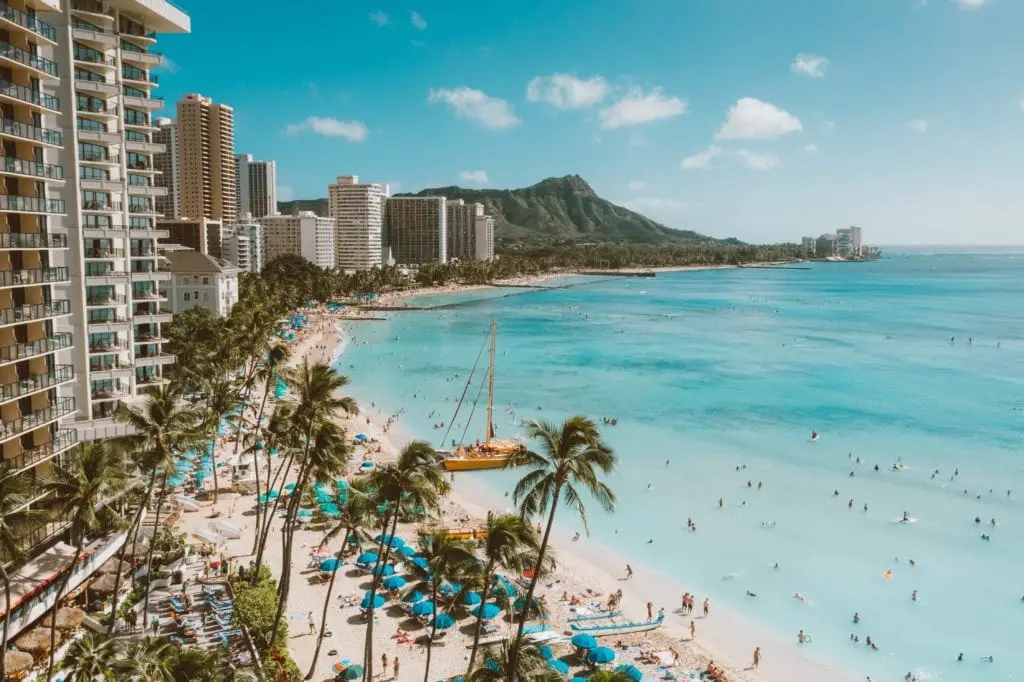
What is the best Hawaiian island to live on for YOU?
So, which Hawaiian island is best for you? Depending on your occupation, income, lifestyle, and interests, there is certainly an island for everyone.
The First-Timers
If you aren’t prepared to fully integrate into the Hawaiian lifestyle, O’ahu is the place for you. With all the amenities of a mainland island, Honolulu is an excellent place to transition from mainland life.
The Adventurers
Meanwhile, the Big Island, Mau’i, and Kaua’i are excellent choices for those who like a little adventure. Each of these islands is home to a tourist economy but they also offer life off the beaten track.
Locals can enjoy all that nature has to offer – snorkeling, diving, hiking, kayaking, and more! – and still have access to some mainland amenities, within reason.
The Beach Bums
If you’re truly committed to the laid-back lifestyle or have the benefit of remote work, the Big Island and Moloka’i might be the ones for you. Drastically different in size, these two islands offer similar ways of life.
The Big Island certainly has many more amenities and resources than the Friendly Isle, however, it maintains an easy-going atmosphere perfect for life on the beach.
Moloka’i is much more secluded and isolated. Because of this, anyone looking to live on this island must be able to integrate flawlessly into the island lifestyle. Moloka’i is not for the faint of heart but it’s sure to reward those who brave its shores.
The Island Life
Be it the “Garden Island” or the “Friendly Isle”, Hawai’i has a home for everyone. All that’s asked is that you respect and care for the islands as all Native Hawaiians do. Take your time in finding the best Hawaiian island to live on for you!
These islands are precious and the locals will let you know! Living the island life means caring for the island and its resources. Whether you find yourself on Kaua’i or the Big Island, resources can be scarce and the natural resources of the island are under constant threat of overuse.
If you think you can live the island life, visit the islands and find your place among the locals. Just remember to take it easy and go slow! Aloha!

